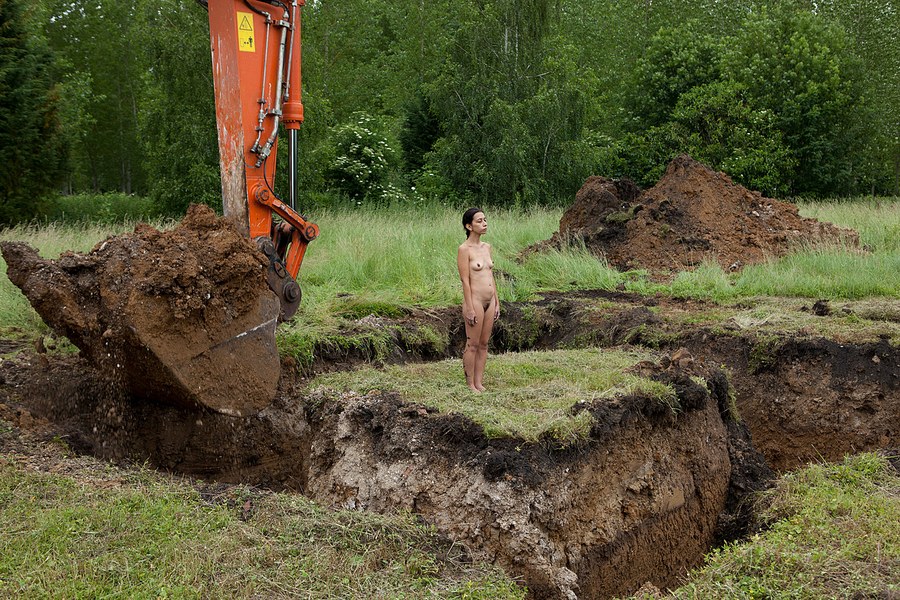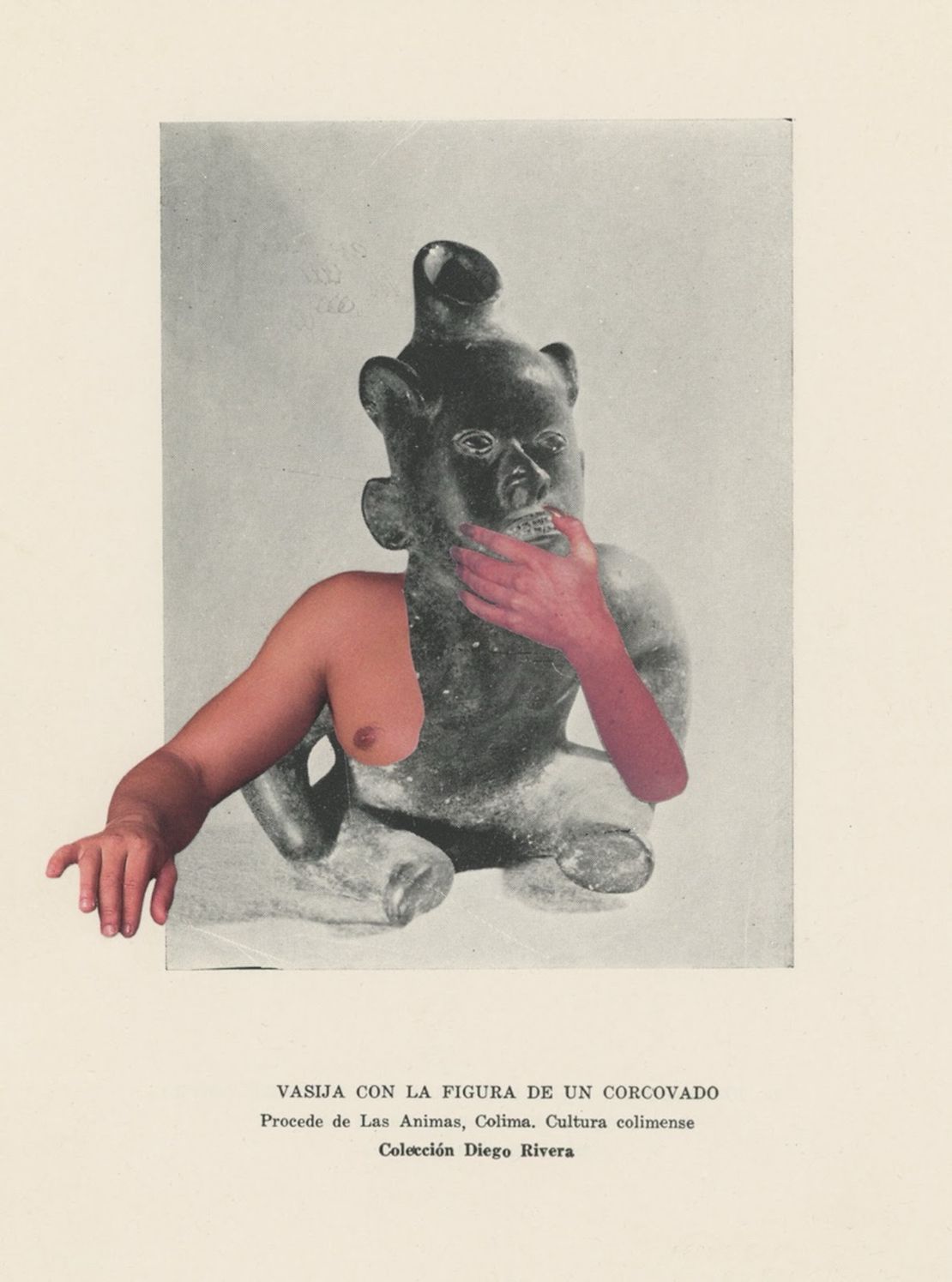Abstract
The artwork “Tierra” by artist Regina José Galindo is closely related to the body as it focuses on the experience and representation of the human body as a means to explore social, political, and cultural themes. Through this performance, the artist alludes to the vulnerability and oppression faced by certain groups of people in society while establishing a visceral connection between the body and the earth as fundamental elements of human existence.
The artwork Tierra opens with the artist standing exposed in a serene green field, a setting that is abruptly disrupted by the presence of an earth-moving machine. Through this juxtaposition, Galindo alludes to a haunting historical moment marked by the brutal murder of innocent individuals and their subsequent burial in a mass grave forcibly excavated by a bulldozer. The striking contrast between the imposing armored machine and the vulnerable human body of the artist captures the profound injustice inflicted during Efraín Ríos Montt’s regime. The growing abyss encircling the artist further symbolizes the despair and alienation that arise from political violence, encompassing both the broader context of injustice and the aftermath of Montt’s regime. The specific reference to Montt’s post-situation is particularly significant in light of his acquittal, which is a powerful testament to the lingering repercussions of his actions. By evoking this imagery, Galindo invites contemplation of the deep-seated consequences of political violence and the collective responsibility to address and confront the systemic injustices that persist. Tierra resonates as a poignant commentary on the enduring impact of political violence and the urgent need for justice and healing. It prompts viewers to reflect on the human cost of oppressive regimes, to consider the ongoing struggles for accountability and remembrance, and to strive for a society that upholds the dignity and rights of all individuals.

